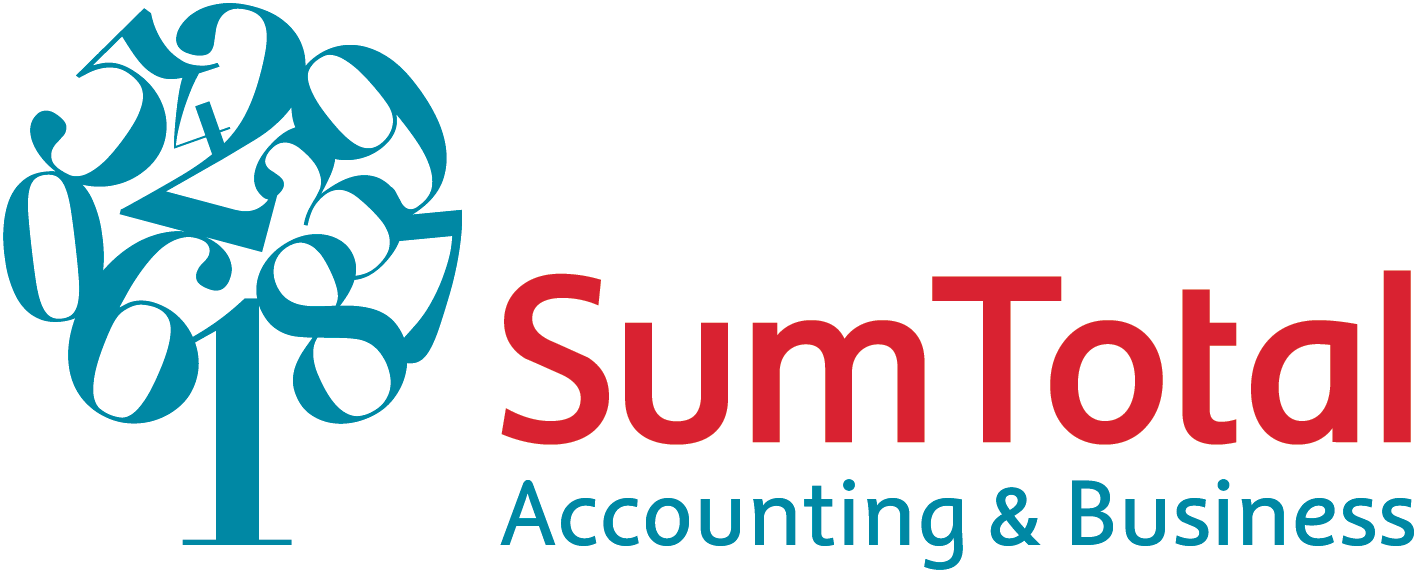If you’re someone employed in a trade, the next few months are likely to be among the busiest of your year. With the added pressure of the pandemic’s effect on delaying site access and work progress, completing jobs is sure to be a high priority on your mind.
In the business process of providing your services, you would have provided your clients with a timeline for work completion and a quote for the services rendered at the acceptance of the job.
Ongoing supply chain issues from the global isolation of the country (as an island with no land border neighbours) have led to material shortages and inflated prices. This means that renegotiations need to be entered into regarding original quotes, as overall costs may have increased threefold.
In order for tradespeople to come out of the other side of the holiday season with a healthy profit margin, they will need to have a better understanding of their costs and how to choose a pricing strategy.
There are 5 key figures you need to be familiar with before pricing your work:
- Sales revenue – the price you charge the customer for a job.
- Cost of sales – the direct costs associated with the job, typically covering labour and material costs.
- Gross profit – the amount of money you have left after subtracting the cost of sales from income.
- Overheads – your fixed expenses for each month like rent, insurance, loan repayments etc.
- Net profit – the final amount you’ll end up with after subtracting your overheads from gross profit.
You may already be familiar with these three common approaches to pricing work:
- Estimate – A rough estimate of the final price that is not legally binding and subject to change
- Quote – A legally binding agreement where the tradie offers a fixed price ahead of commencing work
- Do and charge – Hourly rates, overhead charges and margins on time and materials are agreed in advance, and final invoices are based on the costs actually incurred on the job
Quoting a price for a customer or client is a popular pricing method, but can have a number of issues, including:
- Uncertainty of customers accepting the quote, which can lead to underpricing or overpricing the work to be completed for your customers
- If there is an unforeseen issue that causes you to run over budget, you will need to make up the difference out of pocket.
A common mistake that is made in the profession is when the work is priced based on the cost of the sales without considering overhead costs. Your business’s sales revenue needs to conder your overheads, the cost of your labour and materials and still have enough left over for a profit.
You may need to experiment with your pricing (particularly post-lockdowns) to determine what works best for your business. However, a general rule of thumb is that your overheads should constitute 25-50 per cent of your sales revenue to make sure there’s at least 10 per cent net profit left over.
Trying to work out what your business can afford to price? Looking for assistance with business planning? Come start a conversation with us. We are business experts who are more than happy to assist you with your queries.


